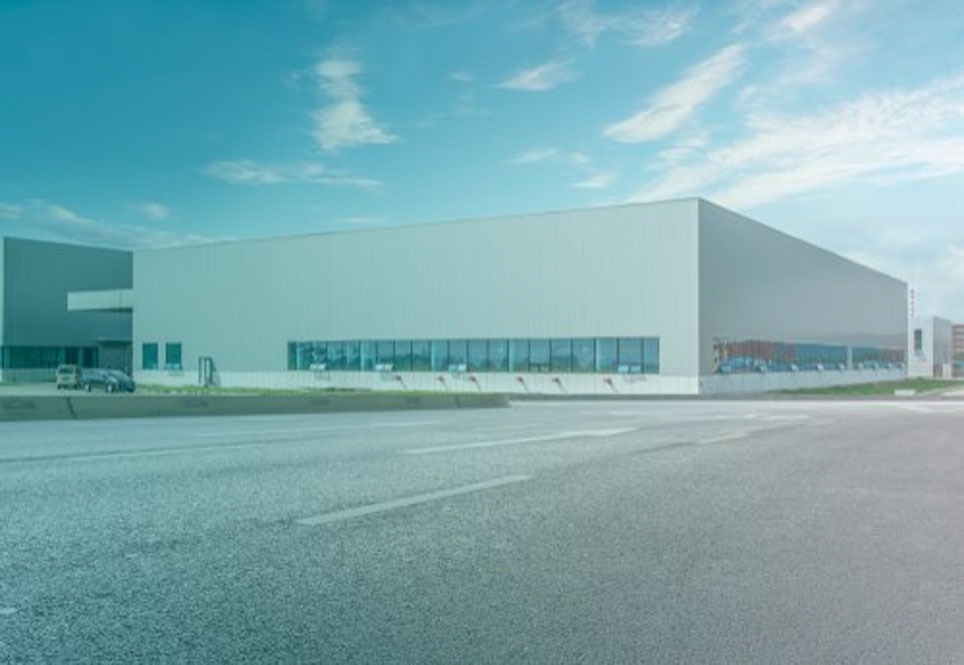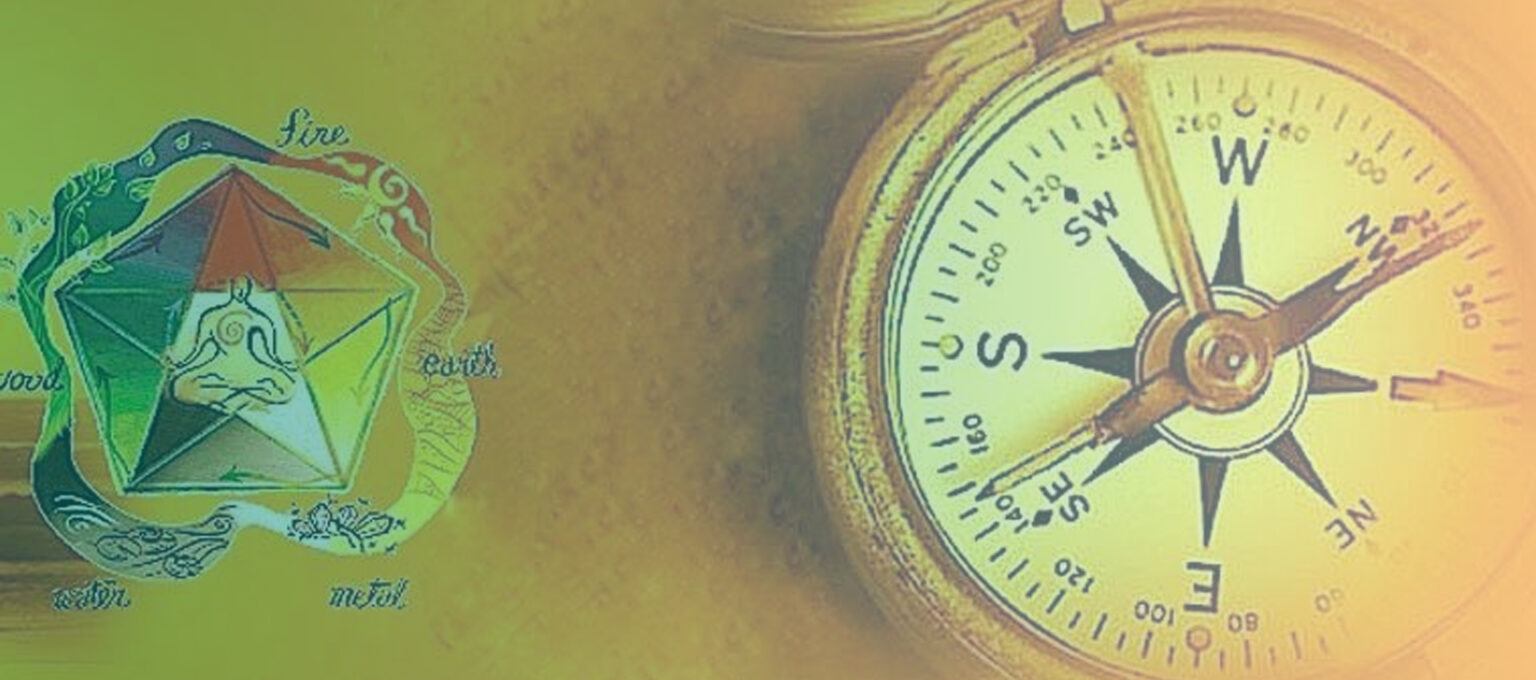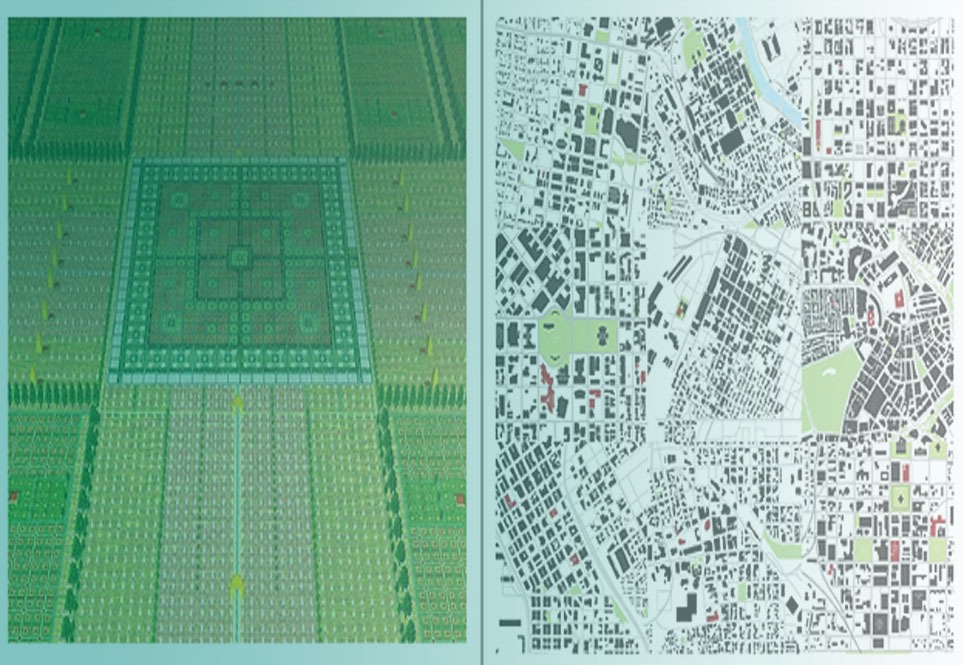
Use of Vastu-Friendly Construction Materials
The ancient Indian science of Vastu Shastra is not just about geometric designs, directional alignments and energetic placements when constructing living or working spaces. In fact, a key aspect of creating truly Vastu-compliant homes and buildings lies in the judicious choice of raw materials used for their construction.
According to Vastu principles, the positive or negative vibrations emanated by various building materials can significantly influence the flow of environmental energies within the structure, which in turn impacts the occupants’ overall wellbeing. Some materials are considered auspicious and Vastu-friendly, while others are believed to generate inauspicious or stagnant energies that could breed disharmony.
So, let’s explore the different categories of construction materials from a Vastu perspective and understand their recommended usage:
Earth-Based Materials
Vastu advocates the extensive use of natural earth-based elements like mud, clay, sand, limestone, granite, marble, etc. as they are grounded materials sourced directly from the five prime elements (air, water, earth, fire, and space) that constitute the cosmic universe.
Their natural grainy textures, earthy hues, and porous surfaces are thought to facilitate smoother energy flows compared to synthetic materials. Examples include adobe bricks, stabilized mud blocks, rammed earth walls, sandstone cladding, terracotta tiles, and laterite stones. These also have eco-friendly sustainable benefits.
Wood and Bamboo
Wood is considered a highly auspicious and versatile Vastu material, believed to attract positive energies that foster growth, creativity, and stability. Different varieties like teak, sal, sheesham, rosewood each have specific energetic qualities recommended for distinct applications.
Similarly, bamboo is a sacred plant whose bamboo poles and woven mats are deemed very Vastu-positive for creating harmonious living environments. Both wood and bamboo are celebrated for their natural grains, inherent warmth, and environmental-friendliness as renewable resources.
Metals and Alloys
Metals have been revered in Vastu for their strength, luster and electromagnetic properties that can powerfully channel or disrupt energy flows depending on their usage. Auspicious metals like copper, brass, bronze, silver and gold are recommended for making kalash, bells, pyramids and decorative elements that can counter negative vibrations.
However, usage of certain other metals like lead and aluminum is discouraged in Vastu due to their supposedly disruptive influences. Traditional alloys like bell metal, pancha dhaatu and specific bronzes are considered highly Vastu-positive.
Precious and Semi-Precious Stones
In line with the principles of energizing buildings via cosmic geometric resonance, Vastu encourages incorporating certain gemstones and natural crystals into construction for their unique vibrational frequencies and metaphysical properties. Examples include pearls, emerald, ruby, yellow sapphire, amethyst and clear quartz.
These precious and semi-precious stones are embedded into walls, pillars or ceilings based on directional alignments to absorb or deflect negative energies while amplifying positive vibrations in the structure.
Cow Products
Derived from the highly revered and sanctified cow, various cow-based products like cow dung, ghee (clarified butter), curd, milk, and cow urine are frequently used as potent Vastu purifiers and remedial measures believed to eliminate impurities and doshas (defects) in buildings.
For instance, a paste of cow dung and ghee is applied onto the foundation before construction. Cow dung mixed with lime and sand can also be used to create eco-friendly mud plaster coatings. Cow products are seen as powerful conductors for eliminating negative vibrations and attracting auspiciousness.
Natural Fibers and Fabrics
When it comes to furnishings, soft home materials and fabrics, Vastu strongly recommends using natural fibers derived from plant or animal sources over synthetic manmade varieties. Examples include cotton, silk, wool, linen, jute, hemp, etc. These porous natural textiles are thought to exude more positive vibrations by facilitating proper ventilation while also being sustainable and eco-friendly.
On the other hand, synthetic fibers like polyester, nylon and rayon apparently generate mild electrostatic charges and suffocating vibrations that could disrupt the energy flows.
While these traditional earth-centric materials like mud, wood, stone, and metals have been the mainstay of Vastu architecture for millennia, their relevance and potential in modern construction cannot be underestimated.
For example, research into earth architecture and compressed stabilized earth blocks is gaining interest as a low-carbon, thermally efficient, cost-effective and sustainable modern building solution. Similarly, cross-laminated timber and bamboo construction technologies are emerging as viable green building alternatives to concrete and steel.
The ancient wisdom of using natural, locally-sourced and living materials that harmoniously integrate with the five prime elements is very much in sync with today’s goals of reducing embodied energy and environmental impact of our buildings throughout their life cycles.
That said, Vastu is ultimately a pluralistic science that acknowledges the need to adapt to contemporary needs and contexts. As such, usage of certain modern materials like concrete, steel, glass, etc. is not prohibited as long as their usage follows the established Vastu principles and energetic guidelines.
Many leading architects and builders today are successfully blending traditional Vastu-friendly materials with modern ones to create living spaces that combine the ancient wisdom with contemporary flair. The focus is on creating structures in consonance with nature’s rhythms through elements that balance form, function, aesthetics and positive energy flows.
Ultimately, the key is to carefully select and integrate the various building components using an optimal mix of pure natural materials as well as certain evaluated modern ones if absolutely necessary – all unified through established Vastu geometric grids and energetic frameworks.
Even if incorporating 100% Vastu-friendly raw materials is not feasible for your project, consciously making an effort to utilize as many natural and traditional elements as possible can go a long way in creating positive, harmonious, sustainable and energetically-uplifting living spaces in line with Vastu’s ancient ideologies for health, wealth and happiness.




